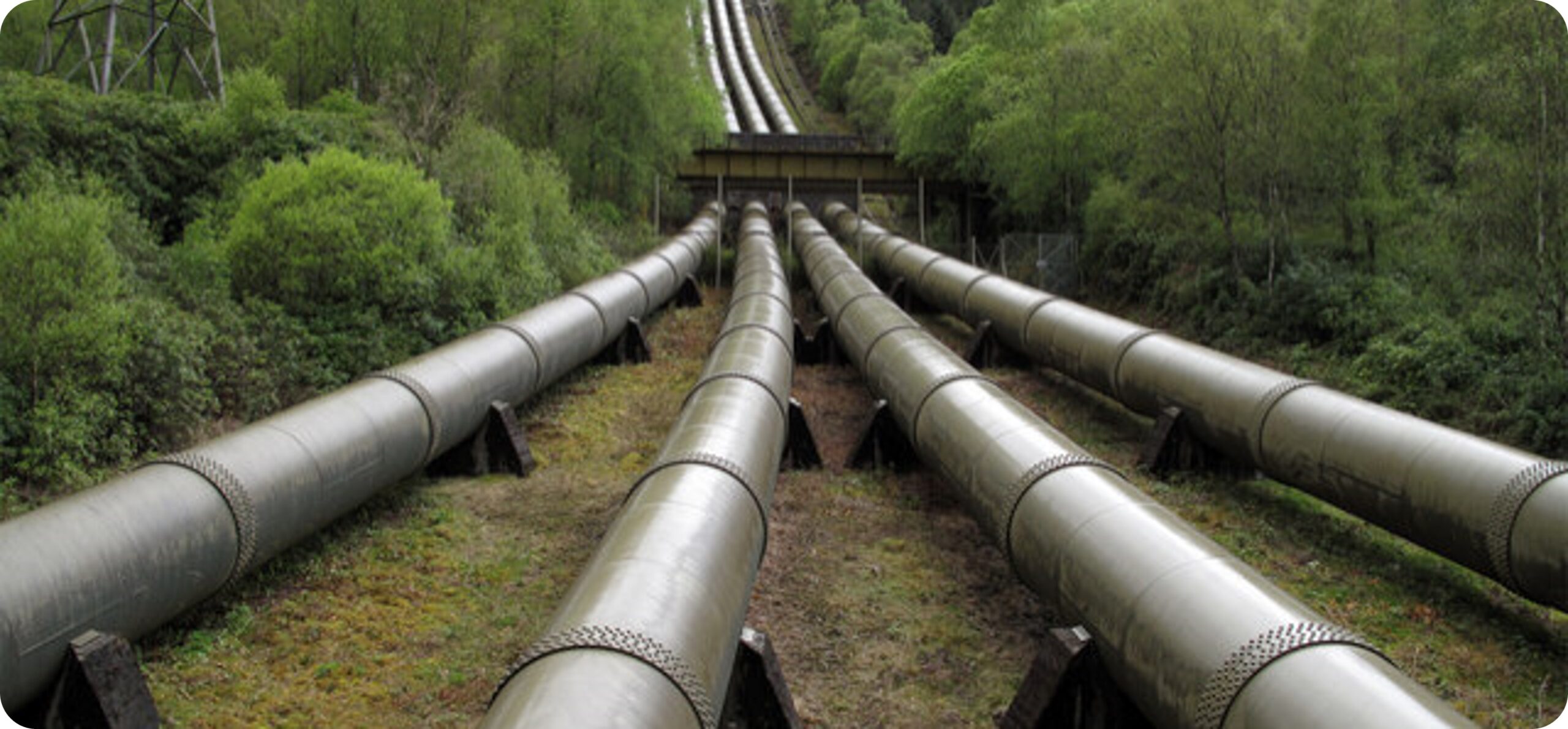In today’s rapidly shifting regulatory landscape, pipeline operators can find themselves in a constant race to keep up with new rules and guidelines. It is no longer enough to check compliance boxes once a year. Risk modeling must be agile, data-driven and proactive. Below, we explore how a dynamic, multi-factor approach to risk modeling helps pipeline companies stay one step ahead of regulations while strengthening operational resilience.
Responding to Rapidly Evolving Regulations
From new PHMSA directives to updated local codes, the pipeline sector faces near-constant regulatory changes. A static risk model that looks at pipeline data once or twice a year can quickly become outdated. Rather than scrambling to adapt after the fact, operators should track potential impacts as soon as guidelines change to ensure the pipeline remains safe and compliant. Just as important, static models can miss potential red flags that emerge in real time, like shifting ground conditions or sudden pressure anomalies.
A proactive compliance strategy requires building a risk model that integrates real-time data and recalibrates when new regulations appear on the horizon.
Going Beyond Traditional Risk Factors
Historically, risk assessments hinged on factors like pipeline age, material composition and past incident logs. While still valuable, these data points cannot tell the whole story if left static. Factors such as local weather shifts, evolving topography, seismic activity or even changes in population density near the pipeline route all play a crucial role in modern risk modeling.
Multi-factor modeling weaves in these additional considerations, enriching the analytical picture. By continuously ingesting data from sensors, satellite imagery, maintenance logs and regulatory updates, the model offers an evolving snapshot of operational integrity and potential vulnerabilities.
Bridging Organizational Silos
Even the most sophisticated models will not be effective if critical data is locked within disparate systems or departments. Information such as pipeline integrity data, environmental assessments and regulatory updates often resides in separate spreadsheets, databases or platforms. This fragmented landscape complicates compliance and makes it difficult to gain a comprehensive view of pipeline health.
A consolidated, dynamic platform that integrates SCADA data, IoT sensor readings, incident reports and regulatory changes provides a single source of truth for everyone, including engineers, compliance teams and executive leadership. By breaking down these silos, pipeline operators can quickly identify risk hot spots and allocate resources more effectively.
Delivering Quantifiable ROI
Upgrading risk modeling may feel daunting. But when you consider the alternative of unplanned downtime, costly fines or catastrophic incidents that impact public safety, the return on investment becomes clear. Predictive analytics and machine learning help pipeline operators focus their maintenance dollars on the areas with the highest risk profiles, preventing failures before they occur.
This data-driven prioritization ensures that repairs and inspections happen when and where they are truly needed. In the long run, operators not only mitigate the risk of fines and reputational damage but also reduce unnecessary maintenance spending and downtime.
Building a Future-Proof Risk Model
Ultimately, a living, data-driven risk model is the foundation for continuous operational excellence. By updating the model whenever there is new data from a pipeline inspection, a regulatory notice or a shift in community demographics, operators can future-proof their networks against emerging threats.
Key benefits of this approach include:
- Real-Time Regulatory Alignment: Avoiding surprises from sudden policy updates
- Optimized Maintenance Schedules: Directing resources where they matter most for safety and ROI
- Enhanced Stakeholder Confidence: Demonstrating a transparent, proactive commitment to safety and environmental stewardship
- Long-Term Resilience: Getting ahead of and adapting to industry changes
Related Services

Ready to Take the Next Step?
Making this shift not only results in a safer and more resilient network, it also lowers compliance risks and drives greater efficiency across asset management.
TRC brings a vantage point of experience to pipeline integrity, regulatory compliance and digital risk modeling. Our skilled practitioners seamlessly integrate technical expertise with advanced analytics to deliver solutions that align with regulatory expectations and operational priorities. From real-time data integration to predictive modeling, TRC supports operators build frameworks that protect assets, optimize resources and strengthen stakeholder confidence.
Contact us today to learn how our tested practitioners can help transform your pipeline operations.



